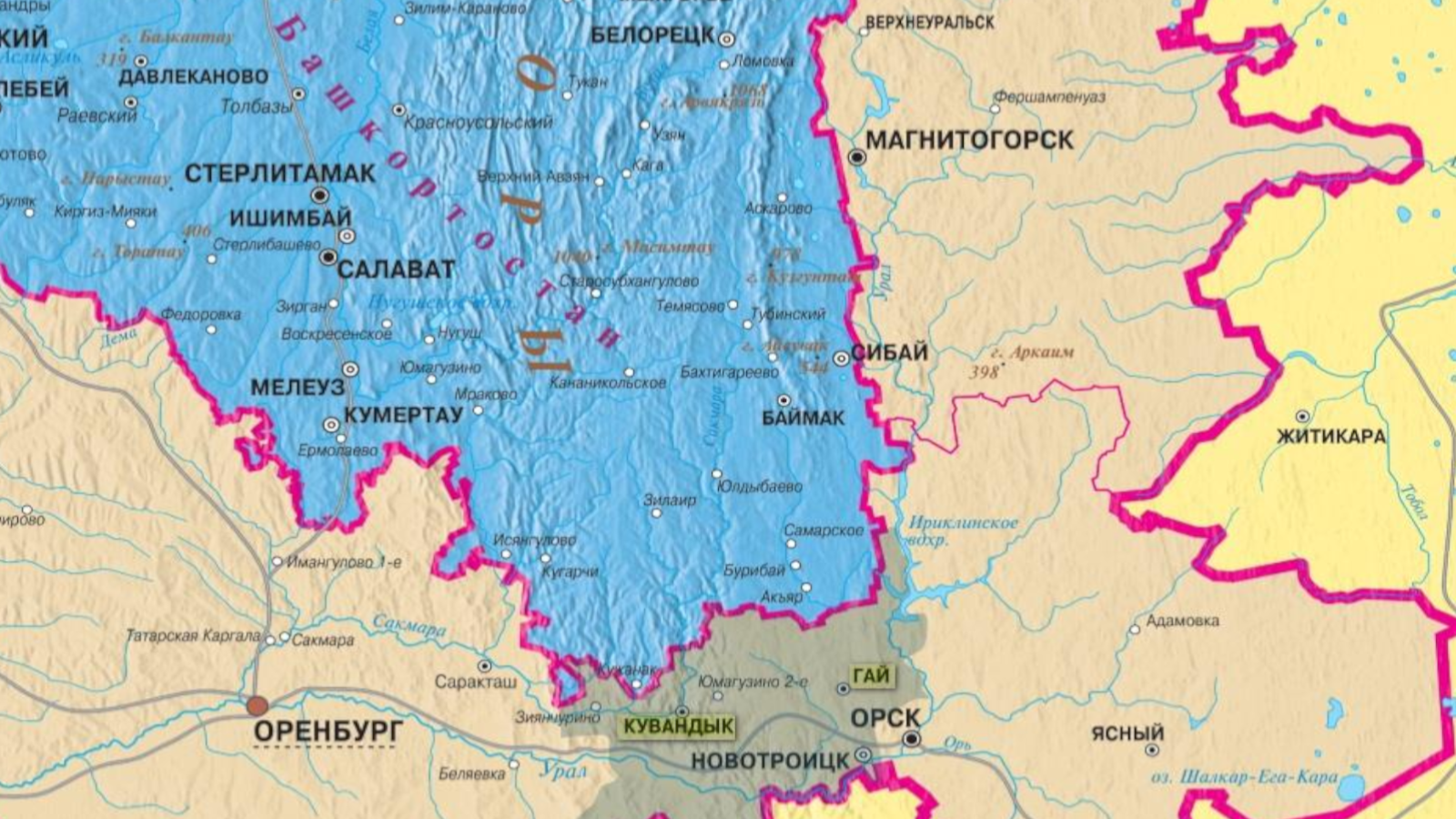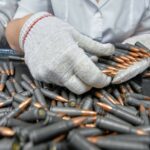To break through the imperial borders or remain an enclave?

How can the Idel-Ural – more precisely, its republics – be able to gain independence if they are surrounded on all sides by Russia? With such a sacramental rhetorical question, the Soviet-imperial public “kills” the arguments of the Idel-Ural inhabitants about the possibility of creating our Confederation.
Arguing with Russians is like banging your head against a wall: what can you prove to a person who rejects the laws of logic, spitting on causal relationships … in short, who does not recognize common sense at all? At the end of the dispute, you will still hear, “So what? Anyway, we will do it this way. And nothing will happen to us, we are stronger!” As a result, one has to realize once again: Russians recognize only strength, and perceive all the attributes of common sense listed above as weakness.
In fact, the answer to the Russian question about the possibility of reliable sovereignty and economic self-sufficiency of the Idel-Ural republics is very simple. In order to gain independence, the republics surrounded on all sides by Russia need to break this encirclement and reach international borders.
The Russian great-power chauvinists, dressed up at the beginning of the 20th century in the noble clothes of the bolshevik communists, who cared about the welfare for the working people of the whole world, but in fact remained the same imperials as the representatives of the Romanov dynasty, sensitively controlled the freedom of the peoples on their territory. The slogan “Freedom to the peoples!” was just as cynically false as “Land to the peasants!”, “Factories to the workers!” etc. The bolsheviks were not going to lose power and control over the state-forming processes. And therefore, having felt in the spring of 1918 the danger of losing control emanating from a possible Kazakh-Bashkir federation, they acted in accordance with their usual formula: they promised a lot of liberty and rights, attracted Kazakhs and Bashkirs to strengthen their military potential, used their troops, and then they began to methodically “drive them into a stall.” In 1925 of the last century, in order to finally dilute the separatist aspirations in the newly created Soviet-autonomous formations in the territory of the Kazakhs and Bashkirs, the bolshevik leadership withdrew the Orenburg province from Soviet Kazakhstan, transferring it to the RSFSR. The resulting Orenburg corridor, which divided the two Turkic republics, was 30 km wide, today it has almost doubled.
This “cartographic” operation can be compared with the construction of the “Berlin Wall” in the summer of 1961, or with the Soviet Union’s claims to the lands of Finland (as a pretext for unleashing the Winter War of 1939 – 1940), or with Germany’s claims to the Sudetenland of Czechoslovakia in 1938. All these sad precedents of world history are related by the fact that they came from totalitarian empires that do not recognize internationally established borders, not to mention the ethnic borders of many millions of peoples.
The Orenburg corridor is such a kind of Stalinist “So what?” to Kazakhs, Bashkirs and the whole world. I do what I want because I can! And you cannot prevent me!
Today, the politics of “so what” continues in new, increasingly cynical and sophisticated forms. In the course of, for example, the Russian-Ukrainian war, ethnic cleansings are already being used in the form of the resettlement of large groups of Ukrainian citizens to the “expanses of Russia”, the removal of children with the change of their citizenship without the consent of their parents and subsequent illegal adoption, forcible passportization of Ukrainian citizens in the territories occupied by the Armed Forces of the Russian Federation, and then the forced mobilization of men, etc., etc. Russia can easily extend the experience of repression not only to the territory under its control, but also to use sovereign Kazakhstan, one has only to doubt its loyalty to the Russian Federation. How, in such conditions, to resist the Empire?
The joint struggle of the peoples of Idel-Ural for the sovereignty of each of the free republics within their national borders and the solidarity struggle for access to the international external borders of the Idel -Ural Federation.
Revolutions begin, as a rule, in the capital, and end in the provinces. If the process of changing power in the center is successful, then the peoples of the Idel-Ural will have to, without wasting time on disputes and disagreements, present solidarity demands for the elimination of the Orenburg corridor. The form of this process can be different. Here it makes sense to talk about both an agreement on the right of unhindered international transit passage, and about the return of the territory of the Orenburg region to Kazakhstan (or transfer to Bashkortostan). Of course, a major role in the development of the situation will be played by the political landscape on the map of the Russian Federation at the time of the revolutionary changes. After all, it is not known how the Samara, Ulyanovsk, Chelyabinsk regions will behave – whether they will feel free to fly or, on the contrary, forcibly torn off by an evil fate from the Great Motherland. But in any case, the corridor invented by Stalin will be perceived by all the indigenous peoples of the Volga region as an artificial formation, like the shackles on the feet of the insurgent indigenous peoples.
It cannot be excluded that the notorious corridor will cease to exist without prior arrangement, as it was, for example, with the Berlin Wall – when thousands of Berliners came and began to dismantle it. First with hammers, chisels and picks, and then with bulldozers and tractors.
One thing is clear: in the form in which it is presented now, the corridor must cease to exist. Otherwise, it will continue to be a noose around the neck of the peoples of the Volga region, who are fighting for sovereignty. The non eradicated craving of Russians for imperial greatness may threaten these peoples with a recurrence of colonial dependence at any moment. And the preserved Orenburg corridor will be very useful to the Moscow imperialists then.



Leave a Reply